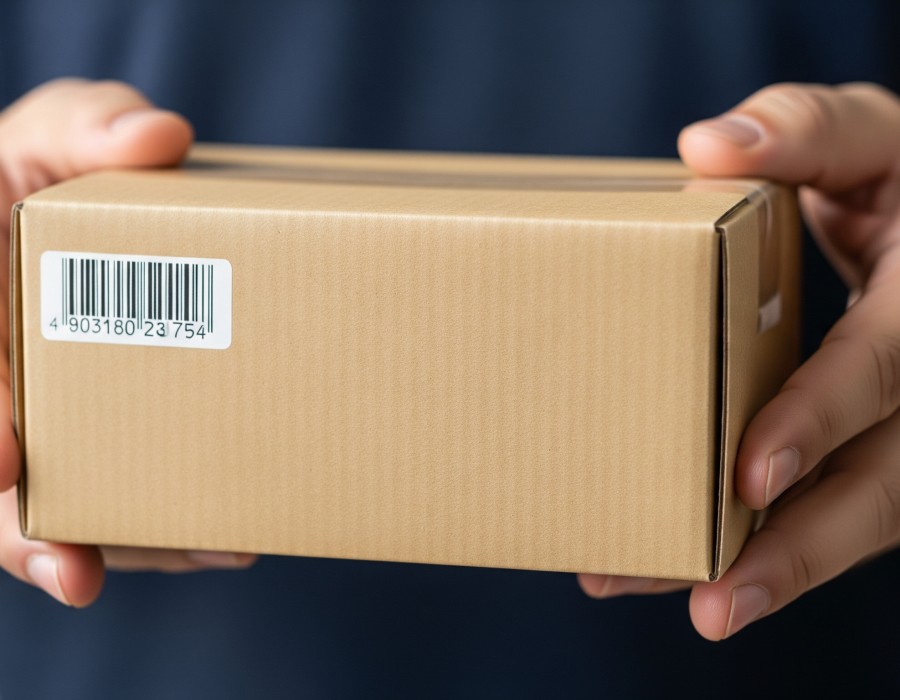Small parcel shipping is what keeps eCommerce businesses running every day. Your business could fail or succeed based on how well you can ship small packages. This is true whether you're filling orders from a Shopify store, a subscription box service, or a growing DTC brand.
As more people want quick delivery and cheap options, knowing how to handle small parcel logistics is more than just a back-end job; it's a competitive edge. We'll look at practical ways to help you ship faster, save money on shipping, and build a delivery system that grows with your business in this guide.
What is shipping small packages?
A small parcel usually means a single package sent directly to a customer. Most of the time, these packages weigh less than 70 pounds and don't need pallets or goods carriers. Major shipping companies like FedEx, UPS, DHL, and USPS handle them, and they are often the default way to fulfil eCommerce orders.
One of the most important things to do to make things run more smoothly and keep customers happy is to improve small parcel delivery. This is because most online orders are small parcels.
1. Make your packaging as fast and cheap as possible
Packaging is one of the most missed chances in small parcel shipping. How you pack your orders affects how much they cost and how quickly they get to you.
Advice:
- To avoid dimensional weight charges, use boxes that are the right size.
- To save on shipping costs and damage, keep materials light and strong.
- Pack your best-selling SKUs ahead of time to speed up delivery.
- Modern consumers care about the environment, so right-sized packaging not only boosts your profits but also lowers your carbon footprint.
2. Use tools for shipping with more than one carrier
Don't depend on just one courier. Depending on the region, weight, and type of service, shipping costs and delivery times are different for each carrier. Instead, use a multi-carrier shipping solution or a third-party logistics (3PL) provider that lets you see rates and transit times in real time.
This lets you:
- Choose the service that costs the least for each shipment.
- Change carriers if one is late or too busy.
- At checkout, give customers more than one delivery option.
- Your shipping operation will be more efficient and resilient if your small parcel strategy is more flexible.
3. Make your small parcel workflow automatic
When you have to ship hundreds or thousands of packages, time is money. Manual processes can't keep up.
Buy a shipping automation platform that works with your online store and
- Brings in orders on its own
- Makes a lot of shipping labels at once
- Assigns carriers based on weight, location, or cost
- Sends customers tracking information in real time
- Not only does this save time, but it also lowers the chance of mistakes, makes deliveries more accurate, and keeps your customers up to date.
4. Give customers clear shipping options
Customers want more than just quick shipping; they want options. When they check out, let them choose between standard and express delivery for small packages. Be honest about:
- Estimated times of delivery
- Availability of tracking
- Shipping costs or limits on free delivery
- This level of openness builds trust and keeps people from leaving their carts.
5. Keep an eye on how well the carrier is doing on a regular basis
Not all carriers give you the same service. As your business grows, it's important to keep an eye on how well your deliveries are going so you can improve your shipping plan.
Watch out for:
- Rates of on-time delivery
- Packages that are lost or damaged
- Comments and complaints from customers
- You can renegotiate contracts, switch carriers that aren't doing well, or change zones to make sure you get the best delivery by keeping an eye on performance.
6. Use discounts based on volume
Sending more packages gives you power. If you regularly send a lot of small packages, you might be able to get volume-based discounts from big shipping companies. But even small businesses can get bulk pricing by teaming up with logistics companies like eShipper that combine orders from many different merchants.
These rates that have already been agreed upon help you stay competitive without cutting into your profits.
7. Use prepaid labels to make returns easier
Returns are a normal part of eCommerce, especially when it comes to clothes, accessories, and electronics. A smooth return process makes your brand look professional and turns returns into repeat business.
How to make your small parcel returns process better:
- Add return labels that are already paid for
- Track returns
- Set up automatic emails to confirm returns
- Customers are more likely to buy from you again if the return process goes smoothly.
8. Keep track of every step of the way
Your customer wants to know when their package will arrive and where it is. You need to be able to track things in real time.
Pick small parcel carriers or shipping platforms that offer:
- Visibility for tracking from start to finish
- Updates on SMS or email delivery
- Automated notifications for "out for delivery" and "delivered"
- Proactive updates make customers less worried and cut down on support requests.
Final Thoughts
To master small parcel delivery, you need to do more than just cut shipping costs. You need to create a delivery process that improves your brand's reputation, increases conversions, and grows with your business.
Your small parcel shipping strategy can make you a lot of money and keep your customers happy if you optimise your packaging, automate your workflows, work with more than one carrier, and keep track of how well things are going.





Comments